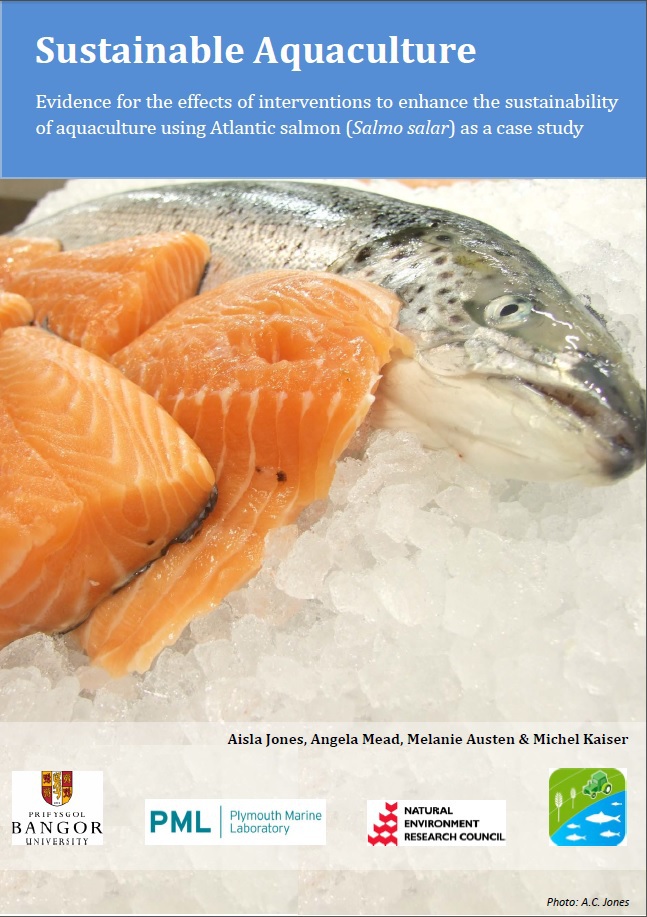Use supplements
-
Overall effectiveness category Awaiting assessment
-
Number of studies: 3
View assessment score
Hide assessment score
How is the evidence assessed?
-
Effectiveness
not assessed -
Certainty
not assessed -
Harms
not assessed
Study locations
Supporting evidence from individual studies
A controlled, replicated study in Tasmania, Australia (Sajjadi et al., 2004) found similar levels of weight gain and feed intake of Atlantic salmon that were fed diets with or without phytase and phosphate supplementation. Weight gain over the experiment was between 192.3 and 220.3 g per fish. Total feed intake was between 3.88 and 4.39 kg per salmon. Four diets were fed to groups of Atlantic salmon for 12 weeks; one diet with no phytase or inorganic phosphorus supplementation, one diet with phytase, one diet with supplemental inorganic phosphorus and one with both phytase and supplemental inorganic phosphorus. The diets were canola meal protein based with reduced fishmeal and were not commercial diets. Twenty fish per tank were fed one of the experimental diets (3 tanks for each diet treatment) and anaesthetised, counted and bulk-weighed every 3 weeks.
Study and other actions testedA controlled, replicated study in Tasmania, Australia (Carter et al., 2010) found that Atlantic salmon fed soy protein diets with at least 4000 units per kg of phytase had higher average final body weight (93.49g) than those fed an un-supplemented controlled diet (82.35g). Average final body weights were similar in diets supplemented with 250 and 1,000 units per kg (84.32-89.1g). Percentage survival was not significantly different between treatments (96–100%). Groups of salmon were fed one of four experimental diets and a control diet for a 12 week period. Phytase was added at levels of 250, 500, 1,000 or 4,000 units per kg to salmon diets that had low fish meal content (4.5%) and contained 60% soy protein concentrate. Fish were bulk weighed every three weeks throughout this time.
Study and other actions testedA controlled, replicated experiment in Norway (Espe et al., 2012) found that fingerling Atlantic salmon fed low fishmeal diets with and without taurine supplementation had lower average weight gain (12.8 and 13.5g per fish) than fish fed a control fish meal diet (17.5g per fish). Growth in salmon given the low fish meal, supplemented diet was about 75% of the growth in fish fed the control diet. Over 56 days, 2,250 fingerling salmon were fed either plant protein-based low fish meal diets (16.5% fish meal) with or without taurine supplementation (0 or 0.1% taurine) or a control high fish meal diet (65% fishmeal). Both low fishmeal diets were supplemented with 1% krill meal to aid palatability. Salmon were fed by automated feeders and weighed at the start and end of the experiment.
Study and other actions tested
Where has this evidence come from?
List of journals searched by synopsis
All the journals searched for all synopses
This Action forms part of the Action Synopsis:
Sustainable Aquaculture
Sustainable Aquaculture - Published 2013
Atlantic salmon Aquaculture Synopsis





)_2023.JPG)














